There are a lot of interesting facts about fitness that the general public doesn’t know about. These are the facts that you won’t hear about in a diet or training book but rather in a training or nutrition research journals. Anyways, below are 10 enlightening and intriguing fitness facts that are completely backed up by science.
Single or mingle?
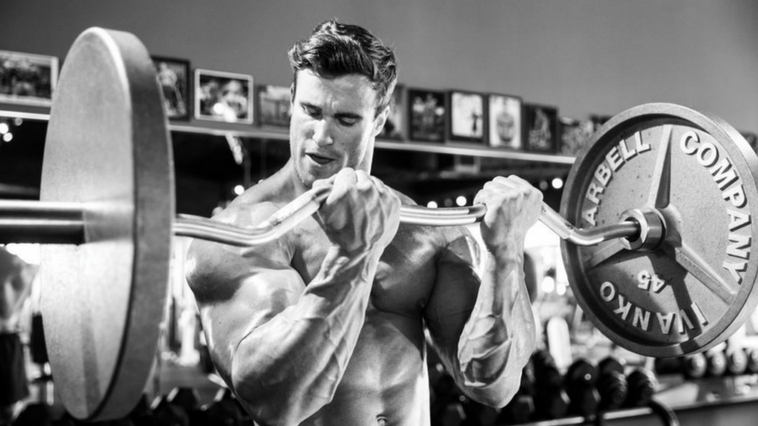
Physique athletes have always been proponents of isolation exercises. Then CrossFit came along and added three more joints to every exercise. Which way is better? A study published in the Asian Journal of Sports Medicine tried to find out. Scientists took two different groups of untrained subjects and put them through 10 weeks of the same workouts. The only difference was that one group did standing biceps curls for their upper arms while the other group substituted lat pulldowns for the curls. By the end of the study, the two groups experienced nearly the same increases in the strength and size of their biceps. While this doesn’t exactly solve the argument, it does show that a variety of stimulus can be used to trigger growth within muscle groups. A second point is you can get an effective workout in any gym with just about any type of equipment.
Slow, Fast, Slow, Fast
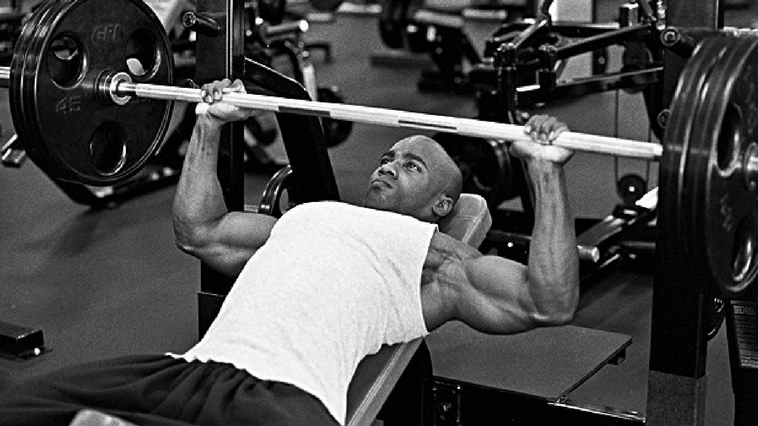
Going slow, and then fast, and then slow, and then fast sounds like advice from the Kama Sutra, but it’s actually a rep-scheme strategy with some serious potential. Scientists in Brazil recently discovered a means of boosting post-training levels of growth hormone by an unbelievable factor of 17. Researchers took two groups of resis-tance-trained men and put them through four sets of bench press using 70 percent of their one-rep max. One group used a very quick eccentric movement (the lower-ing of the bar) while the other group took three seconds to return the bar to their chest. Fifteen minutes after the workout, the levels of growth hormone were 17 times higher in the slow group than in the fast group. While many factors are involved in muscular adaptations, and it’s not quite clear if elevated levels of post-workout growth hormone translate to a bigger and leaner physique, an influx of anabolic hormones on a regular basis can’t hurt.
Plank you very much!
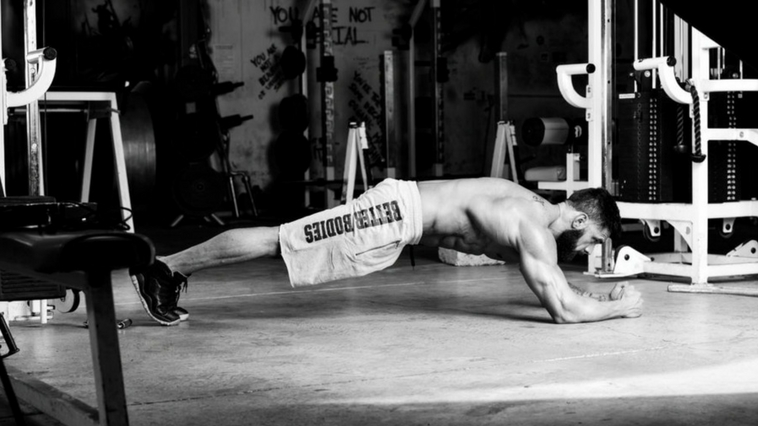
Over the last few years, planks have become as common as crunches and hanging leg raises. A recent study has shown how to get even more out of this challenging core exercise. Noted exercise researcher Brad Schoenfeld, PhD, CSCS, in a study published in Sports Biomechanics, measured the amount of muscle activation in four variations of the plank. The most active version was the “long-lever posterior-tilt plank.” To perform this exercise, get into a traditional plank position but bring your elbows forward so they are under your nose rather than beneath the shoulders. Then tilt the pelvis as if you’re trying to bring your hip bones toward your ster-num and your sit bones to your feet. Keep the body straight and the core muscles contracted for multiple intervals of 30 to 60 seconds. Schoenfeld notes that more research is needed to ascertain specif-ic performance, aesthetic, or rehab benefits of this plank, but in our book, the more muscle activation the better.
Do You Know Squat?
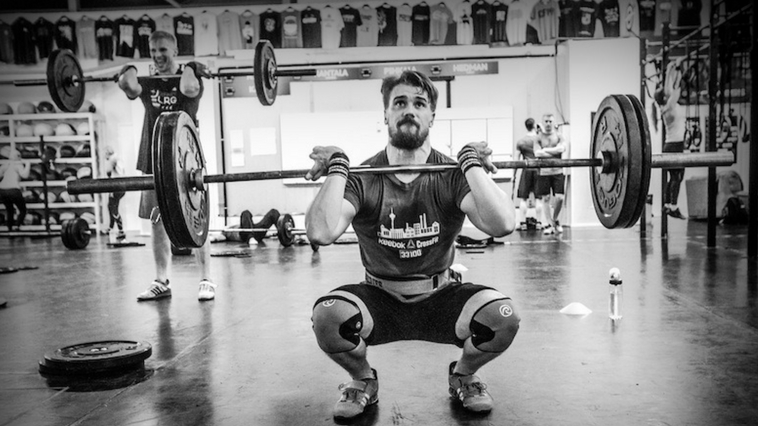
No other exercise recruits the sheer number of muscle fibers and stimulates as much growth and adaptation as a correctly performed squat. But for some lifters, the back squat feels like absolute hell. If you’re one of those people, a new study shows that you can get similar benefits from a lighter front squat as you can from a gut-wrenching eyeball-popping back squat.
Research published in the Journal Of Applied Bio-mechanics showed that when scientists measured the muscle activation in the upper and lower glutes and the quads during 10 repetitions of both a front squat and back squat, they found no significant difference. So if the front squat makes you feel just a little less like you’re dying on leg day, feel free to swap it in. The scientists warned, though, that to get the most benefit of either squat, a full range of motion must be achieved.
Bring The Heat
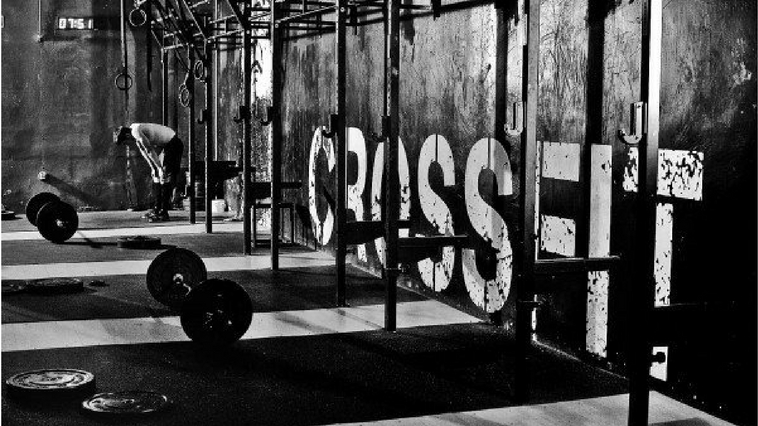
A study published in The Journal of Physiological Sciences examined the anabolic properties of heat stress. Japanese scientists examined muscle tissue that had been warmed prior to a weight-training workout.
Compared to athletes who didn’t undergo the heat treatment, those with warmed-up muscles experienced greater activation of certain anabolic regulator molecules, which, scientists hypothesize, start a cascade of reaction in the muscle cells that ultimately increase protein synthesis.
The question is: How do you replicate this effect in your own gym? The scientists utilized a small microwave unit, which is not a common piece of gear in even the most hardcore gyms. However, many IFBB pros, such as Brandan Fokken, are fans of infrared saunas, which might be a viable alternative.
Long Muscle Memory
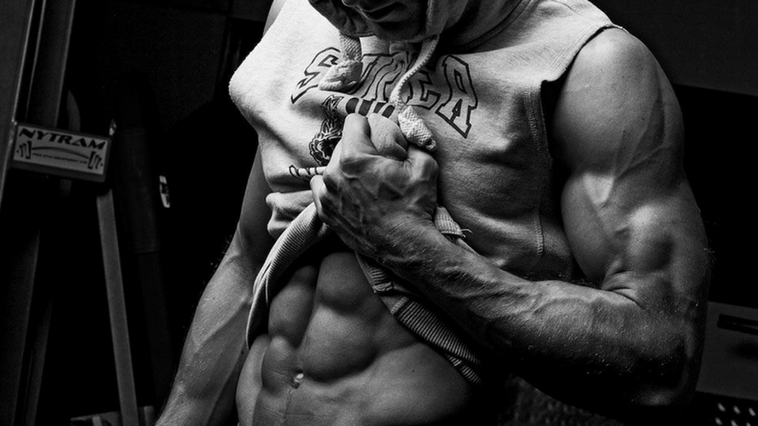
A new study published in The Journal of Experimental Biology makes a great case for early life involvement in lifting weights. We know that building muscle the second time around feels much easier than adding that mass the first time. Scientists have discovered a cellular memory in muscle that seems to remember hypertrophy and is able to regain mass faster after losing it. One aspect of hypertrophy is the recruitment of myonuclei form satellite cells. Muscle fibers that have attained a higher number of myonuclei grow faster. Research now shows that muscles hold onto those myonuclei even when subjected to atrophy from disuse. Scientists hypothesize that muscles retain this feature for over 15 years and possibly for life, although elderly athletes have a harder time attracting myonuclei than younger ones. Still, this is nothing short of a public service announcement for the introduction of weight training to teenagers. Training your muscles early in life, and thus developing a string personal muscle memory, can pay dividends for years to come.
Beat Back Pain

When lower-back pain flares up, working out seems like a bad idea. Might as well go home and do some reps on Netflix, right? Not necessarily.
A new study published in The Spine Journal shows that lower-back pain that is a result of degenerative discs responds well to weightlifting. The researchers in the experiment found that isolated lumbar extension exercises using a heavy load but low volume and low frequency actually imparted a regenerative effect on damaged intervertebral discs.
Whether you suffer from chronic lower-back pain or not, it’s smart to include some weighted hyperextensions or machine trunk extensions into your program. If you want to start slowly, begin by doing sets of prone press-ups, what they call the cobra pose in yoga.
Finish Strong

If you like to train for strength—think big compound movements in the four- to six-rep rage try capping off your manly sets with a lightweight finisher. Sports scientists at the University of Tsukuba put two sets of male athletes through four weeks of workouts in which the subjects trained with 90 percent of their one-rep max. One group did an extra set of the same exercises, but this time it was for high reps with just 60 percent of their 1RM. After four weeks, the group that did the “finisher” set experienced greater gains in their 1RM as well as a greater increase in muscle mass as compared to the group who did not do the high-rep set. Additionally, the group who did the finisher set also enjoyed a greater surge of growth hormone in the 60 minutes following the workout.
Hormones And Recovery

Two days after a brutal leg workout, when delayed muscle soreness is at its peak, you hobble back in the gym and do it all again, because you are a warrior. That’s admirable, but a study published in the Scandinavian Journal of Medicine & Science in Sports seems to indicate that it might not be doing your physique as much good as you think.
The Finnish researchers looked at the hormone levels of athletes after doing an unfamiliar exercise to failure and then again two days later after completing the same workout. Growth hormone levels were significantly lower after the second workout. (The subjects were also much weaker during the second session.)
If you train hard, make sure your hormone levels are optimized with enough sleep, calories, and recovery time. When you are really sore, don’t be afraid to take an active recovery day and do a hike, swim, bike ride, or some yoga.
Catch-Up Sleep

For years, the idea of “catch-up sleep”—getting fewer than eight hours of shut-eye a night during weekdays and then sleeping in on weekends—was considered worthless for maintaining optimal sleep hygiene. However, a new study published in the journal Clinical Endocrinology shows that extended bouts of weekend slumber can benefit key physique-related hormones. In the experiment, 19 men with six months of life-style-driven weekday sleep deprivation (approximately six hours of sleep a night) slept for 10 hours on three consecutive weekend nights. After the sustained bouts of slumber, all subjects experienced lower levels of insulin, greater insulin sensitivity, and higher testosterone levels. Since sleep is known to be an important part of the metabolic and hormonal process of building muscle, get it where and when you can.
Did you know these facts? or find anything particularly interesting? Please comment and share it with your friends and Stay tuned for the Volume 2 of the Fitness Facts.
sources: IM; image sources: google, IM


